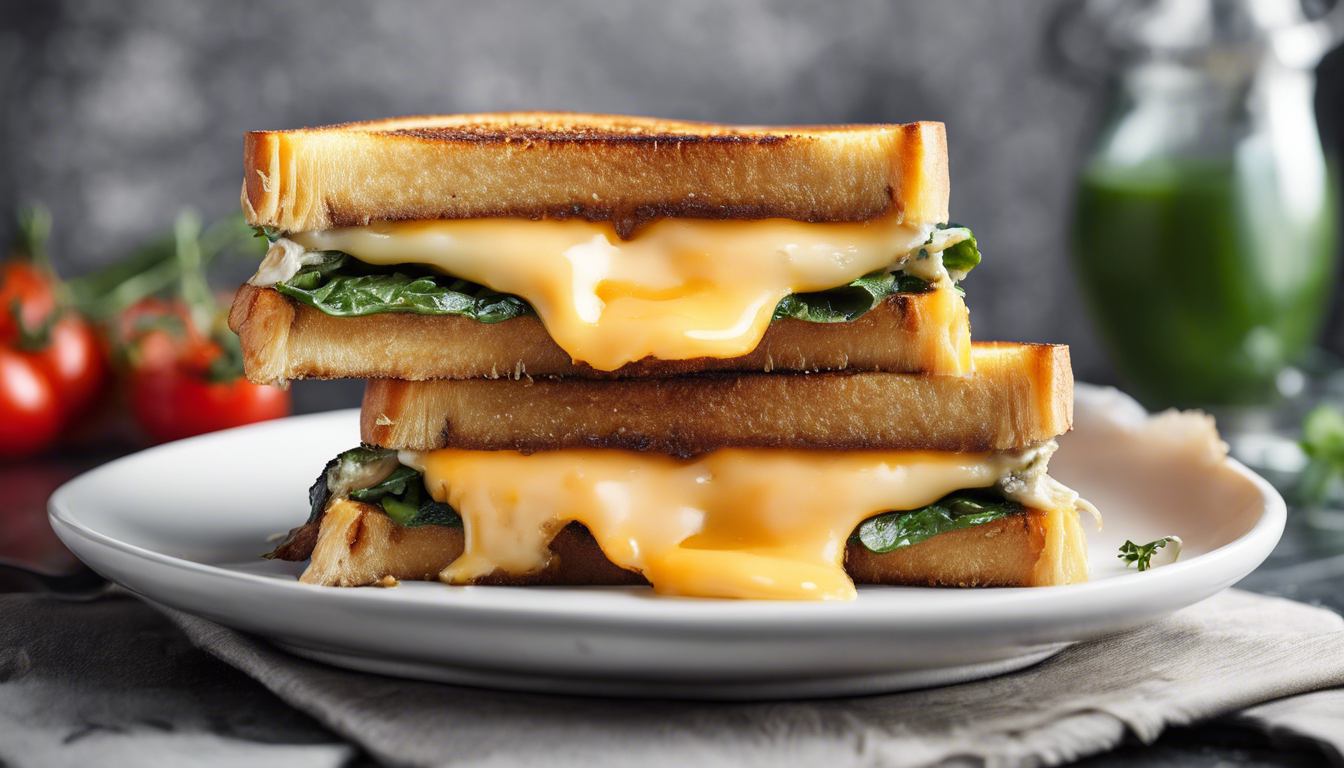
History and origins
The grilled cheese sandwich, a beloved comfort food, has a rich history that dates back to ancient times. The concept of combining bread and cheese can be traced to the Roman Empire, where records show that people enjoyed a simple dish of bread and melted cheese. However, the modern grilled cheese sandwich as we know it began to take shape in the early 20th century.
In the 1920s, the invention of pre-sliced bread and the mass production of American cheese made it easier for people to create this delicious sandwich at home. During the Great Depression, grilled cheese sandwiches became a popular and affordable meal option for many families. The simplicity of the ingredients and the ease of preparation made it a staple in American households.
World War II further popularized the grilled cheese sandwich, as it was a common meal for soldiers. The U.S. government included cheese and bread in military rations, and soldiers would often make grilled cheese sandwiches using their mess kits. After the war, the sandwich continued to gain popularity, becoming a favorite in school cafeterias and diners across the country.
Today, the grilled cheese sandwich has evolved into a versatile dish with countless variations. From gourmet versions with artisanal cheeses and specialty breads to classic renditions with American cheese and white bread, the grilled cheese remains a timeless and cherished comfort food.
Ingredients and variations
When it comes to crafting the perfect grilled cheese sandwich, the choice of ingredients plays a crucial role. The classic version typically includes just a few simple components, but there are endless variations that can elevate this humble dish to gourmet status.
Classic Ingredients:
- Bread: White bread is the traditional choice, but you can also use whole wheat, sourdough, or rye for different textures and flavors.
- Cheese: American cheese is the go-to for its meltability and creamy texture. However, cheddar, Swiss, mozzarella, and provolone are also popular choices.
- Butter: Unsalted butter is typically used to achieve that golden, crispy exterior. Some prefer using mayonnaise for a tangy twist and an even crispier crust.
Gourmet Variations:
- Bread: Consider using artisanal breads like ciabatta, brioche, or multigrain for added flavor and texture.
- Cheese: Experiment with gourmet cheeses such as Gruyère, fontina, brie, or blue cheese. Combining different cheeses can also create a more complex flavor profile.
- Add-ins: Enhance your grilled cheese with additional ingredients like caramelized onions, tomatoes, avocado, bacon, or even a fried egg. Fresh herbs like basil or thyme can also add a burst of flavor.
- Spreads: Instead of plain butter, try using garlic butter, herb-infused butter, or even a thin layer of pesto or mustard for an extra kick.
With these ingredients and variations in mind, you can create a grilled cheese sandwich that suits your taste preferences and dietary needs. Whether you stick to the classic recipe or venture into gourmet territory, the possibilities are endless.
Cooking techniques and tips
Creating the perfect grilled cheese sandwich requires not only the right ingredients but also the right techniques. Here are some essential tips and methods to ensure your grilled cheese is crispy on the outside and gooey on the inside.
Preparation:
- Butter the Bread: Spread a generous layer of butter or mayonnaise on the outside of each slice of bread. This will help achieve a golden, crispy crust. Make sure the butter is softened for easy spreading.
- Preheat the Pan: Use a non-stick skillet or a cast-iron pan for even heat distribution. Preheat the pan over medium-low heat to ensure the bread toasts slowly and the cheese melts thoroughly.
Assembly:
- Layer the Cheese: Place the cheese slices evenly on one slice of bread. If using multiple types of cheese, layer them to ensure an even melt. Cover with the second slice of bread, buttered side out.
- Add-ins: If you’re adding extra ingredients like tomatoes or bacon, place them between the cheese layers to prevent the bread from becoming soggy.
Cooking:
- Low and Slow: Cook the sandwich over medium-low heat. This allows the cheese to melt completely without burning the bread. Patience is key to achieving the perfect grilled cheese.
- Pressing: Use a spatula to gently press down on the sandwich. This helps the bread make full contact with the pan, ensuring an even, crispy crust. Some chefs use a weighted press for this purpose.
- Flip Carefully: After 3-4 minutes, check the underside of the sandwich. If it’s golden brown, carefully flip it using a spatula. Cook the other side for another 3-4 minutes until both sides are evenly toasted.
Finishing Touches:
- Rest Before Cutting: Let the sandwich rest for a minute before cutting. This allows the cheese to set slightly, preventing it from oozing out when sliced.
- Serve Immediately: Grilled cheese is best enjoyed hot and fresh. Serve it with a side of tomato soup or a simple salad for a complete meal.
By following these techniques and tips, you can elevate your grilled cheese sandwich to new heights. Whether you prefer the classic version or a gourmet twist, mastering these methods will ensure a delicious and satisfying result every time.
